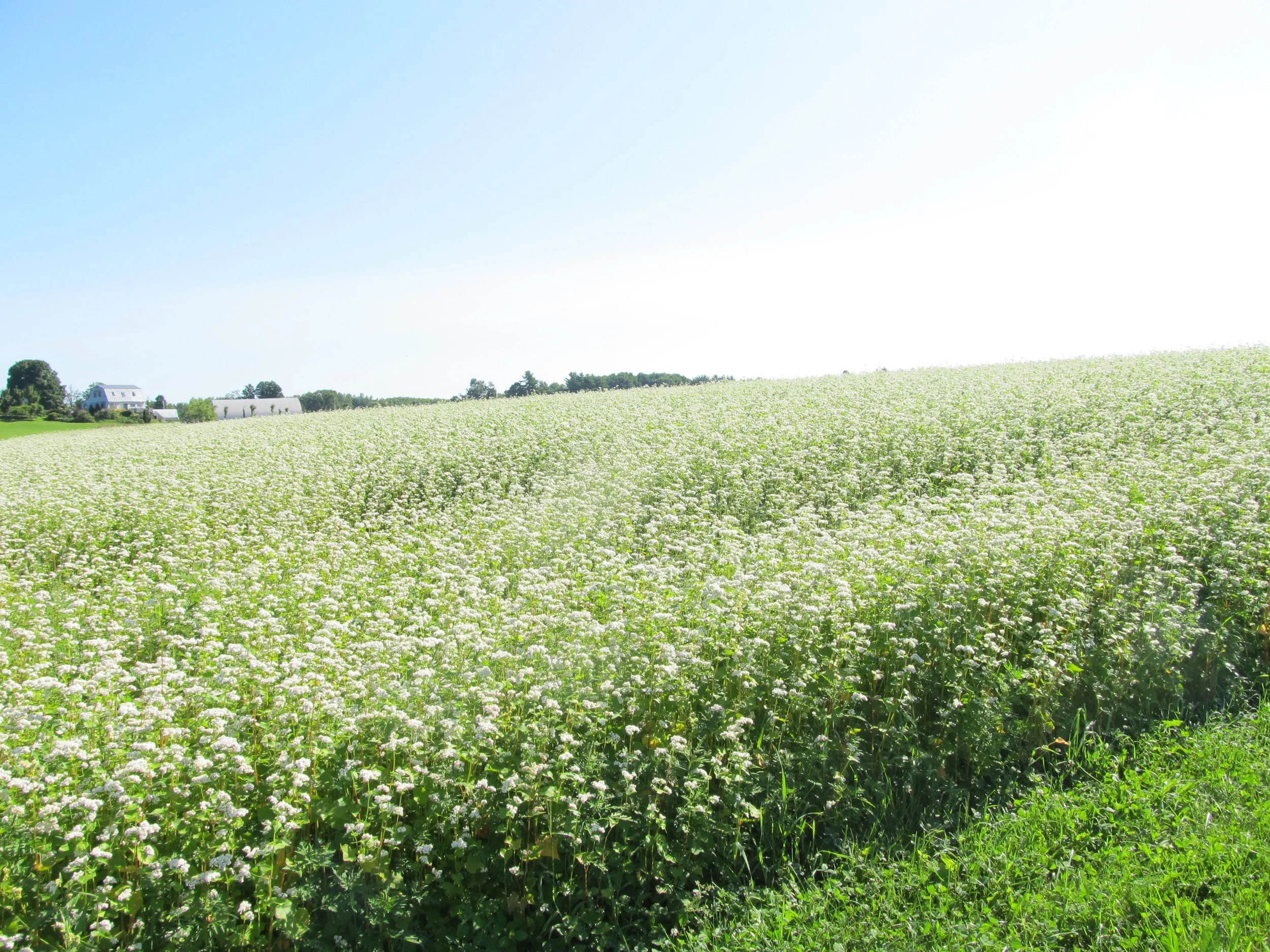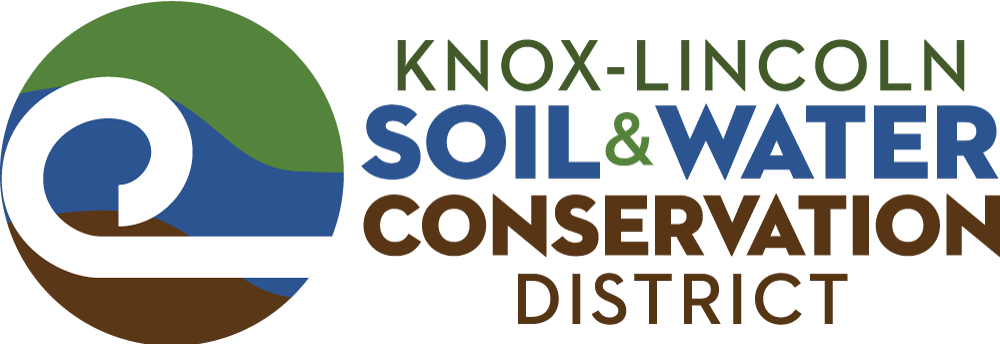
Natural Resources Conservation Service
Conservation
Stewardship Program
A Natural Resources Conservation Service program for producers who want to take their conservation efforts to the next level
What is the Conservation Stewardship Program (CSP)?
The Conservation Stewardship Program (CSP) is a Natural Resource Conservation Service program that offers technical and financial assistance to help agricultural and forest producers take their conservation efforts to the next level.
The program is designed to compensate agricultural and forest producers who agree to increase their level of conservation by adopting additional conservation activities and maintaining their baseline level of conservation. CSP is for producers who are passionate about conservation and environmental stewardship.
Most CSP applicants have already applied conservation practices to their land. Through CSP, producers can further improve their conservation efforts with conservation activities including conservation practices, enhancements, and bundles, which are groups of practices that work together to provide increased conservation benefits when they are implemented as a group.
Interested in getting support? Contact your local District Conservationist.
Learn more about Natural Resources Conservation Service and other programs and initiatives offered.
Understand CSP
CSP Basics
-
CSP offers opportunities for producers to expand on existing conservation efforts by applying new conservation practices, enhancements, and bundles. These new activities will help enhance natural resources and improve the operation.
For example, if you have been planting a cover crop, you may decide to try an enhancement for a multi-species cover crop or implement a deep rooted cover crop to break up soil compaction.
If you decide to apply for CSP, the local NRCS conservation planner will have a one-on-one consultation with you to evaluate your current management system and the natural resources on your land. You will then work with the NRCS conservation planner to select new CSP conservation activities based on your management objectives for your operation.
Once you choose the conservation practices or activities that best fit, and if your application is selected for funding, CSP offers annual payments for implementing these practices on your land, and operating and maintaining existing conservation efforts.
Want to take it a step further? CSP also offers bundles where you can select a suite of enhancements and receive a higher payment rate.
-
CSP may provide many benefits, including increased crop productivity, decreased inputs, wildlife habitat improvements and increased resilience to weather extremes.
CSP also encourages adoption of new technologies and management techniques.
For example, CSP can help you:
Schedule timely planting and management of cover crops
Develop a grazing plan that will improve your forage base
Implement no-till to reduce erosion or manage forested areas in a way that benefits wildlife habitat
If you are already taking steps to improve the condition of the land, chances are CSP can help you find new ways to meet your goals.
-
NRCS offers technical assistance at no cost. Producers can use our personalized advice and information, based on the latest science and research, to make informed decisions about their land.
Technical Service Providers (TSP) can help producers plan, design and implement conservation practices or develop conservation activity plans to improve their agricultural operations. For more information on the Technical Service Provider program, visit the TSP page.
Technical assistance is also offered through our Conservation Technical Assistance (CTA) program.
Need a local Technical Service Provider? Visit the locate a TSP page.
-
Participation in CSP represents a genuine commitment to conservation – CSP contracts are for five years, with the opportunity to compete for a contract renewal if you successfully fulfill the initial contract and agree to achieve additional conservation objectives. An NRCS conservation planner will work closely with you, throughout the entire contract process.
Contract payments are based on two components:
Payments to maintain the existing level of conservation, based on the land uses included in the contract and an NRCS assessment of existing stewardship at the time of enrollment, and
Payments to implement additional conservation activities.
Most participants will be eligible for a $4000 minimum payment during any year that their total annual contract payment falls below the minimum payment amount.
Existing CSP participants may be eligible to renew their contract for an additional 5-year term during the fifth year of their initial contract. Participants who have met the terms of their initial contract and who agree to implement more conservation activities can compete for a renewal contract. To meet the renewal stewardship threshold, the participant must agree to meet or exceed two additional priority resource concerns or agree to adopt or improve conservation activities to achieve higher levels of conservation for two existing priority resource concerns.
-
Eligibile Lands
Eligible lands include private agricultural lands, agricultural Indian lands, nonindustrial private forest land, farmstead, associated agricultural lands and public land that is under the control of the applicant and part of their operation. There is no minimum acreage requirement. CSP enrolls your entire operation into the program, not just one specific field or tract. All land must be in compliance with USDA highly erodible land and wetland conservation provisions to be eligible for CSP.
The land must be actively used for producing an agricultural or forest product to be eligible for CSP. Lands being cleared or prepped for future agricultural production are not eligible for CSP until an agricultural operation has been established and crops, food or fiber have been successfully produced.
Be sure to check with your local USDA service center before clearing any land to ensure that you will not violate the highly erodible land conservation or wetland conservation requirements. Failing to have NRCS complete proper determinations may impact your ability to participate in USDA programs.
Producer Eligibility
Applicants may include individuals, legal entities, joint operations or Indian Tribes that own or rent and currently manage land for agricultural or forest production. The applicant must have a social security number or employer identification number issued by the IRS and must maintain control of the land for the entire span of the 5-year CSP contract. The applicant must have an adjusted gross income of less than $900,000. The adjusted gross income requirement does not apply to Indian Tribes.
Stewardship Threshold Eligibility
Stewardship threshold is a term NRCS uses to determine if a CSP applicant is currently meeting or exceeding an adequate level of conservation criteria for a particular natural resource concern. CSP applicants must currently be meeting the stewardship threshold for at least two priority natural resource concerns on every land use included in the operation. They must also agree to meet or exceed the stewardship threshold for at least one additional resource concern by the end of the contract on at least one land use. Don’t worry if you are unsure of your threshold because an NRCS planner will assist you.
-
Enhancements
Through CSP, producers can further improve their conservation efforts with conservation activities called “enhancements.”
Enhancements allow a producer to address additional levels of conservation beyond what the minimum conservation practice standard requires. CSP applicants work one-on-one with their NRCS conservation planner to select enhancements that best fit their management goals and will address resource concerns on the enrolled land.
Through CSP, producers can choose from approximately 140 enhancements to address resource concerns on their operation.
Bundles are suites of conservation enhancements designed to address multiple resource concerns. Bundled enhancements work together to provide increased conservation benefits when they are implemented as a group.
Each bundle has three or more required enhancements, and for some bundles, the applicant has the option to pick additional enhancements from a select list that addresses specific resource concerns.
Bundle options are offered at a higher payment rate.
See a full list of enhancements and bundles offered nationally. Note that not all enhancements and bundles may be available in Maine.
Learn more about CSP
Read Is CSP Right For Me? (PDF) and learn about specific enhancements relevant to different types of producers, such as:
CSP in Action
Learn how CSP helped one New Jersey farmer take his operation’s conservation efforts to the next level. CSP can operate similarly for Maine-based producers. CSP is available for many diverse operations, and there is no minimum operation size required to be eligible.
CSP Application Process
Getting Started With CSP
To get started, contact your local NRCS field office and let them know you are interested in CSP. A conservation planner will work with you to determine your eligibility and complete an assessment of your operation, which may include a site visit.
Most CSP participants have a working relationship with NRCS already through participation in programs like EQIP and are ready to take their conservation practices to the next level to enhance natural resources, versus addressing natural resource concerns through EQIP. If you are new to working with USDA, you will need to establish your Farm Record with the Farm Service Agency (FSA). Establishing a Farm Record requires several forms and documents, so make an appointment with your FSA office as soon as possible.
In addition to your Farm Record documents, you will also need to submit to NRCS:
NRCS CPA-1200 - Conservation Program Application
A map showing all land uses and acres in the operation.
A map or other documentation identifying any known ineligible land and associated acreage amounts.
Evaluation Process
Once NRCS completes an assessment of your operation and you choose the conservation practices or activities that you want to implement, NRCS will rank your application to determine how well your current and future management system will address national, state, and local natural resource priorities. NRCS will rank your application against other similar eligible applications in the same ranking pool, with the highest scoring applications receiving contract offers first.
Ranking Deadlines
Applications for NRCS conservation programs are accepted on a continuous basis. However, application ranking dates are set at key times throughout the year. Find Payment Schedule and Program Delivery Deadlines for Maine.
How CSP Payments Work
There are three types of payments available through CSP.
Annual contract payments which are based on two components:
Payments to maintain the existing level of conservation based on the land uses included in the contract
Payments to implement additional conservation practices and activities.
Supplemental payments for producers willing to implement a resource conserving crop rotation, improve an existing resource conserving crop rotation, or implement advanced grazing management
Minimum contract payments for most contracts.
NRCS makes payments as soon as practical after October 1 of each fiscal year for contract activities installed and maintained in the previous fiscal year and completed before September 30.
CSP payments represent taxable income. All payments made to producers by NRCS must be reported to the Internal Revenue Service and should be reported as income on the producer’s tax return for the applicable tax year. Producers will receive a Form 1099 to report CSP payments on their tax return.
Local District Service Centers
To learn more and inquire about any NRCS programs and initiatives, contact your NRCS District Conservationist.
Knox and Waldo Counties
Peter Abello, District Conservationist
peter.abello@usda.gov
(207) 338-1964 Ext. 3
46 Little River Drive
Belfast, ME 04915-9804
Get Directions
Lincoln and Kennebec Counties
Amanda Burton, District Conservationist
amanda.burton@usda.gov
(207) 622-7847 Ext. 3
2305 North Belfast Avenue
Augusta, ME 04330
Get Directions


